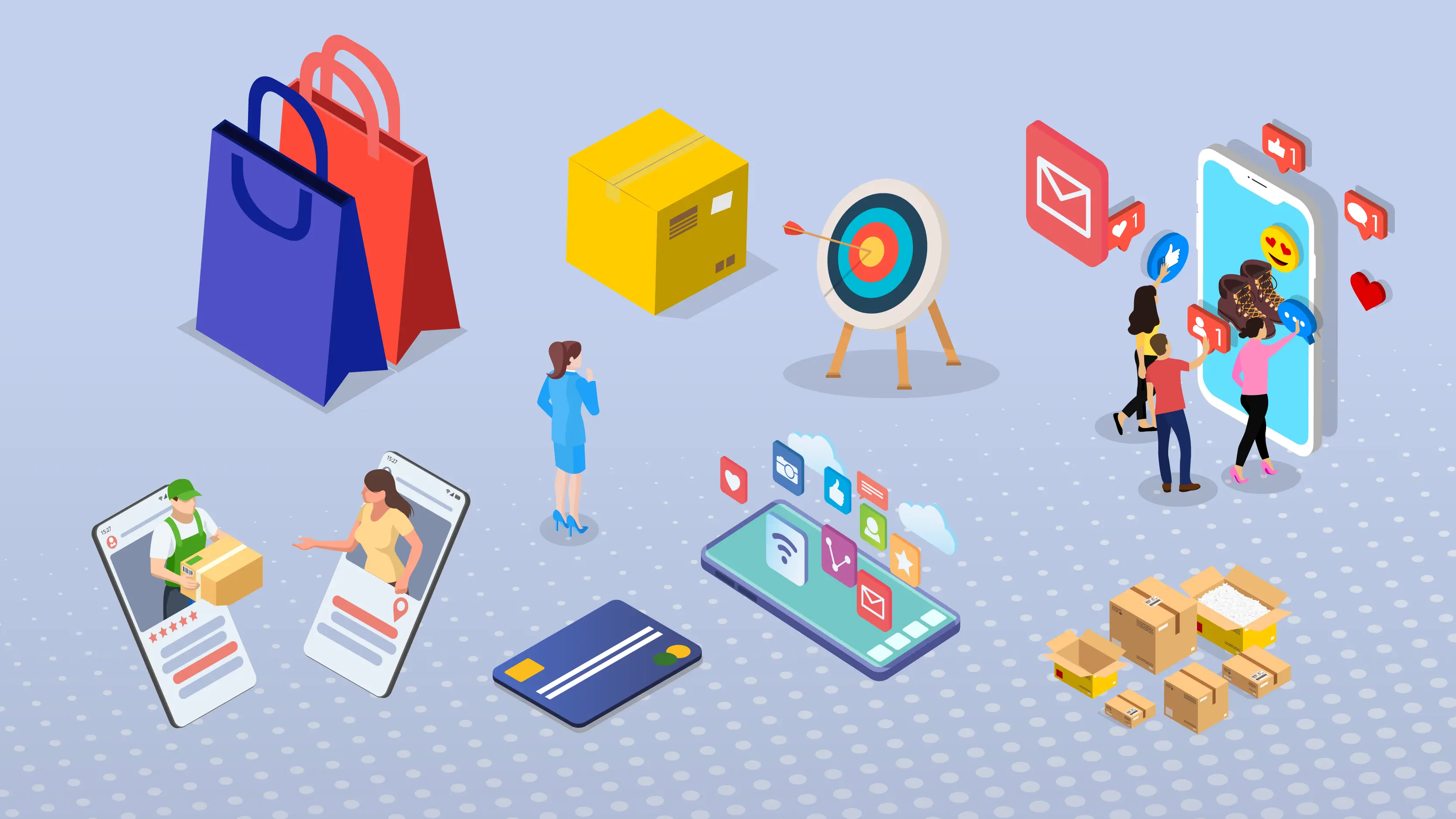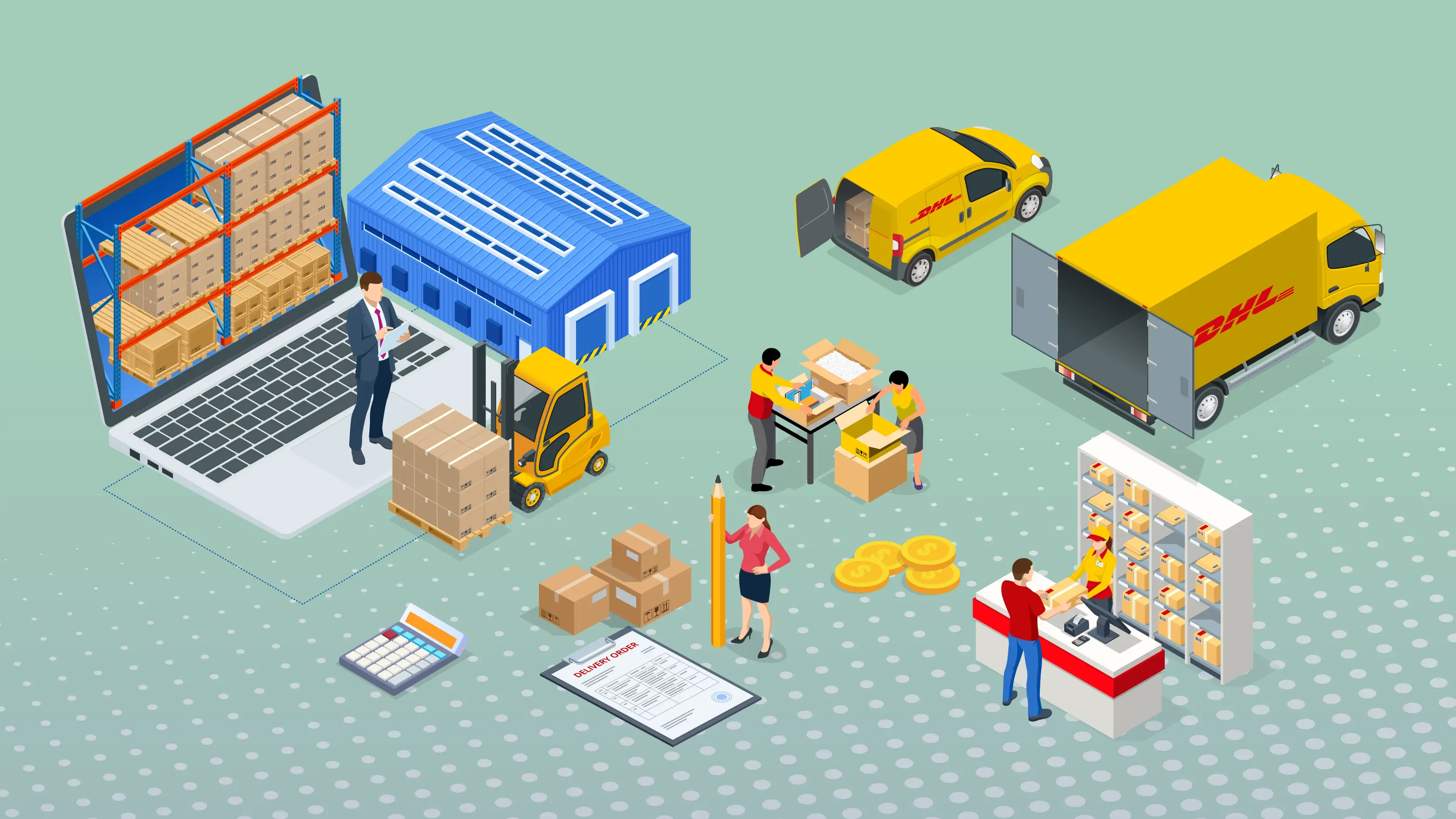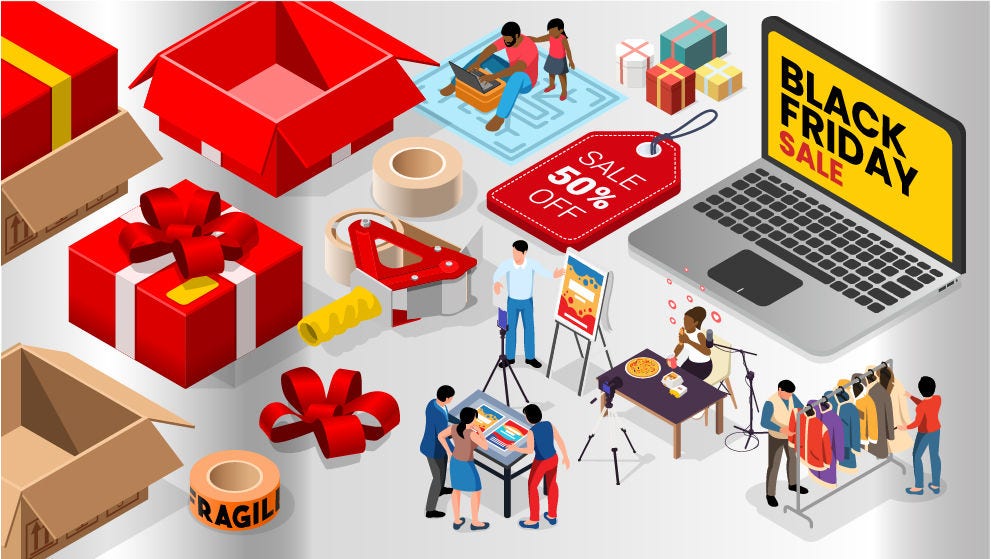What is Peak Season?
For retailers, Peak Season is the busiest shopping period of the year. Typically kicking off on Black Friday (Friday 29th November this year), it is followed by Cyber Monday (Monday 2nd December), and then Christmas. Furthermore, in recent years, China’s Singles’ Day (Monday 11th November) has also gained momentum across the world, which means it should be in your sale season calendar too.
Many e-commerce retailers offer deals earlier and earlier each year to cash in on the buzz, which means your business should be preparing now.













